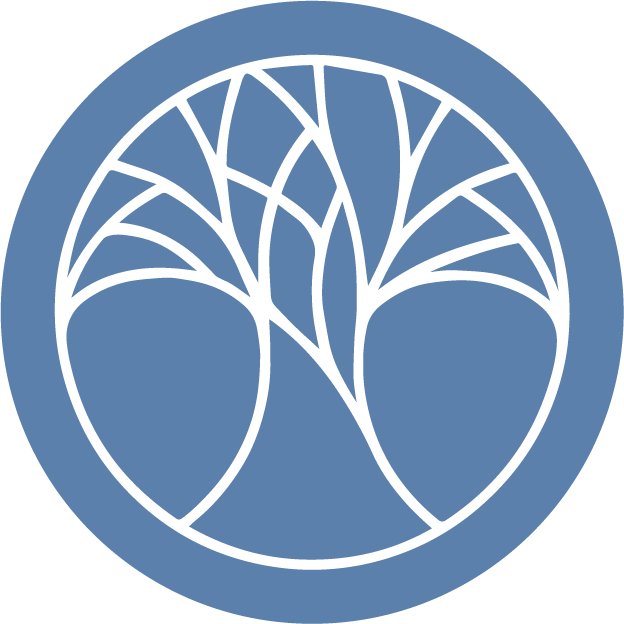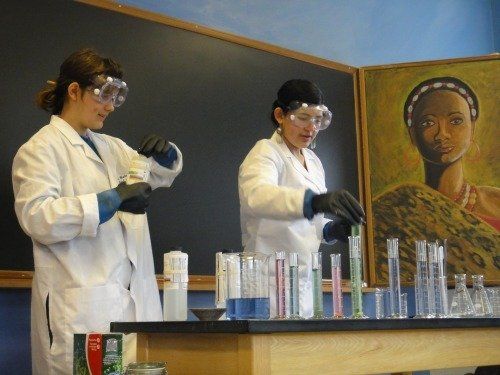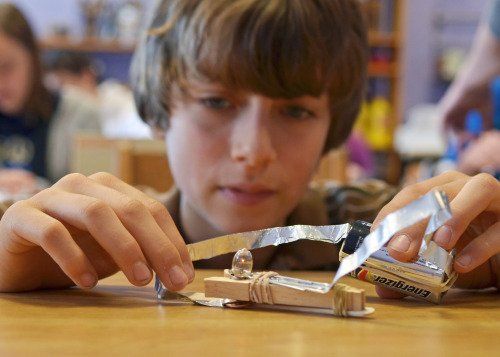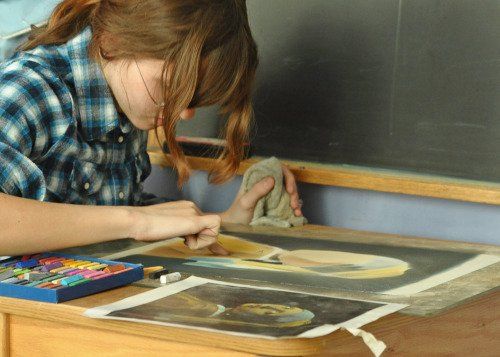Lessons that resonate into adult life and even old age….
In this short film Waldorf teacher Susan Stevenson discusses how Waldorf Education prepares students to enter the world with confidence and awareness, lessons that resonate into adult life and even old age.Thank you to the
Waldorf School of Philadelphia for this thoughtful post.
Science and Math Curriculum in Waldorf Education
There is a movement afoot to change STEM to STEAM.The relation between art, music, science and mathematics is clear; music and math are inseparable, as Pythagoras first told us, “There is geometry in the humming of the strings, there is music in the spacing of the spheres.” The ultimate representation of art, as both science and math, is
Leonardo Da Vinci’s Vitruvian Man
In fact, the STEM behind art can be seen in any geometric representation or any attempt to create
a three dimensional world on a two dimensional canvas
Art brings a much needed depth and beauty to the world of STEM.
Which is why Waldorf Education presents its students with STEAM — not to soften or bring “fun” to an unfun topic — but to bring realism and soul to our growing world of bits, dynamic loads and relativity. Artistic and Scientific creativity are not very different. If one were to describe an upcoming class topic by mentioning the words — space, time, dimension, perspective and consciousness — it is unclear if the context of class will be physics or art. This reality is what shapes the Waldorf Math and Science curriculum.
In Waldorf Education, everyday life and beauty are brought into science, engineering, and math.
Science: The methodology for science instruction in Waldorf Education is based on observation and Socratic Inquiry. Students of all ages are immersed in observation and manipulatives, experienced during regular nature walks, gardening, cooking, form drawing and experimentation, to name only a few. Waldorf teachers begin not by lecturing on rules and formulas, but by showing those rules in action through experiments, the natural world, art and music. These real world examples and applications are used to then guide students to use socratic inquiry and observation to connect logical parts to the whole, which helps them deeply understand the science within our world.
Technology: While some believe Waldorf schools are anti-technology, that is actually not the case. We simply believe Technology Can Wait until High School, at which point it can be used as a tool — for research, creation and construction. We also follow the science on the topic. While initial results for tech in the classroom were hopeful, full implementation and scientific study of these efforts are not positive or downright dismal. However, science does indicate that movement, art, music, and note taking by hand, are proven to better support thinking.
Engineering: Waldorf students build and create, every day, using engineering concepts. Our third grade class, for example, spends main lesson time on the drawing and configuration, measuring and implementing a structural creation for the school. Labeled the “building project,” it is just one example of how engineering is placed into the curriculum. Older students also design and build their own chairs, by hand, in woodworking. Younger children sew and knit forms which require many engineering and geometrical concepts. And, of course, geometric and other forms of drawing and art all support the logic needed to make engineering concepts reality.
Art: As you can see, the “A” exists everywhere within the STEM narrative at Waldorf schools. It can be taught separately and achieve positive results, but its incorporation within each of these other STEM disciplines helps tie meaning, beauty and practicality into all the other subjects. Music brings soul to math, art brings life to geometry, woodwork brings purpose to engineering, and cooking what you grow in the garden brings applicable relevance to science.
Math: When the students are young, math curriculum is introduced through story, movement, recitation, and rhythm. Manipulatives make concepts like division (dividing gems among classmate) and fractions (slicing pizza for all) concrete realities — forever silencing the “when will I use this?” mantra of the bored student. All age students, from very young to adolescence, experience daily musical training, which studies show aids the learning of abstract mathematical concepts. Older students, move from storytelling in math to story problems, using practical applications in mathematics for things like cooking, music, geometric drawing, and mathematics in art.
Does this methodology work?
A California State University Study asks this very question and takes an honest look at all facets of Waldorf and Public School science curriculum. The results?
“Waldorf students scientific reasoning and problem solving skills appear to be at or slightly above those of their counterparts in mainstream educational settings.”
How do our students fare internationally on assessments? During the TIMSS assessment, “Waldorf 8th grade students outperformed U.S. students and international students in the category of correct answers (98% vs. 90% and 92%) and in providing a correct description and interpretation of the solution (98% vs. 81% and 88%).”
Follow the science, follow the soul, and one will quickly conclude the STEM needs to be STEAM in order to effectively reach our students and inspire them to create and problem solve in our modern world.
In this short film Waldorf teacher Susan Stevenson discusses how Waldorf Education prepares students to enter the world with confidence and awareness, lessons that resonate into adult life and even old age.
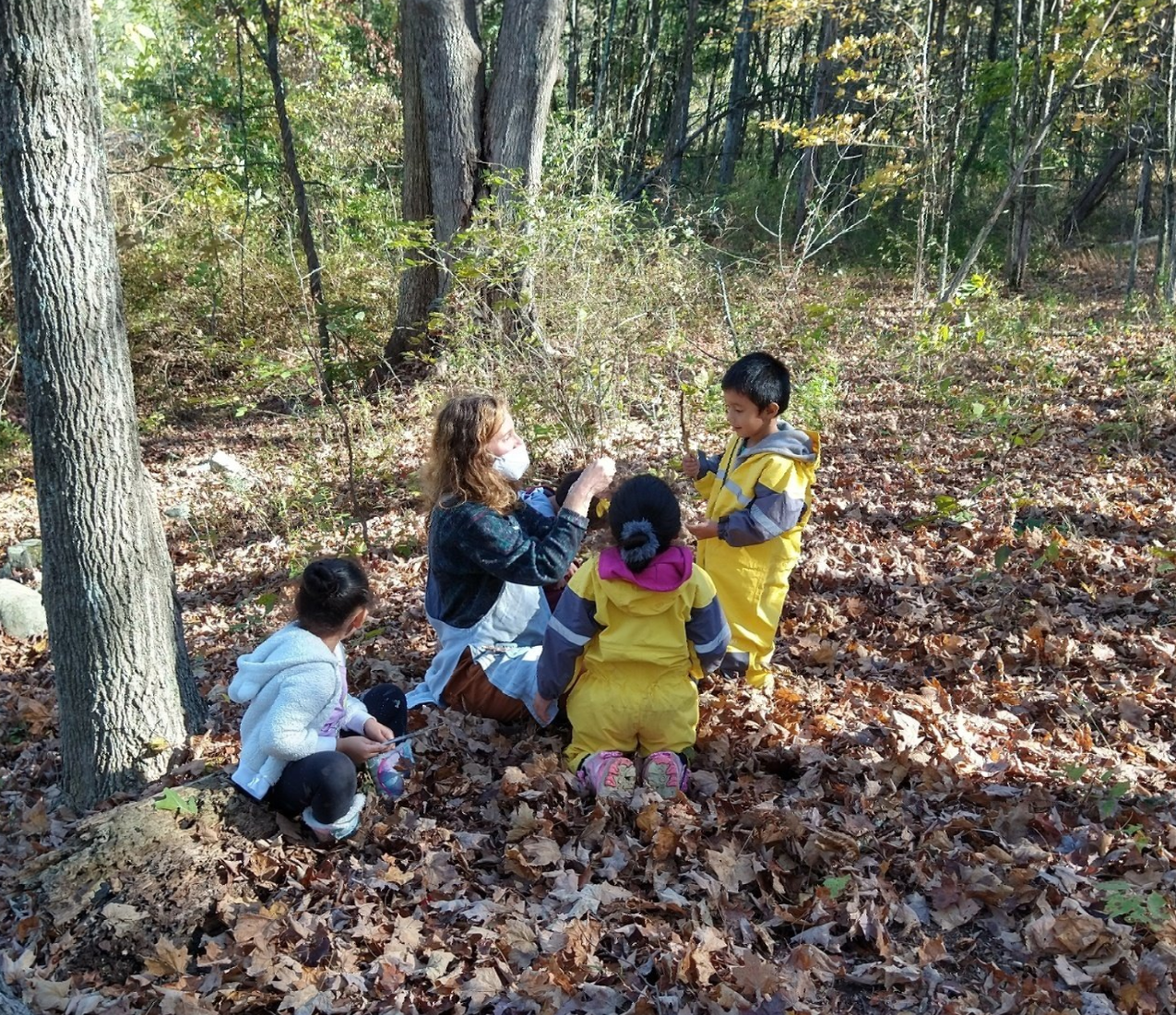
We are excited to share a new documentary about the work the Neighboring Tree Project did with a neighboring Head Start and the creation of an outdoor forest program for the children in their care. 🌿 Over the past months, Elia Gilbert , one of Acorn's kindergarten teachers, has been working with the Agri-Business Child Development Center team of educators to produce a 30 minute video which documents their collaborative process in creating an outdoor forest program for the children in their care. We hope this will inspire future Neighboring Tree Project collaborations, as well as other Waldorf educators to reach out to their neighbors in similar ways. We are now looking for more "branches" to our NT P work, as well as more Waldorf teacher people-power to work on the ground with our neighbors. After seeing the video and getting a sense of our work, please get back to us with any inspirations or feedback. We'd like to hear from our community! We hope you enjoy this film!
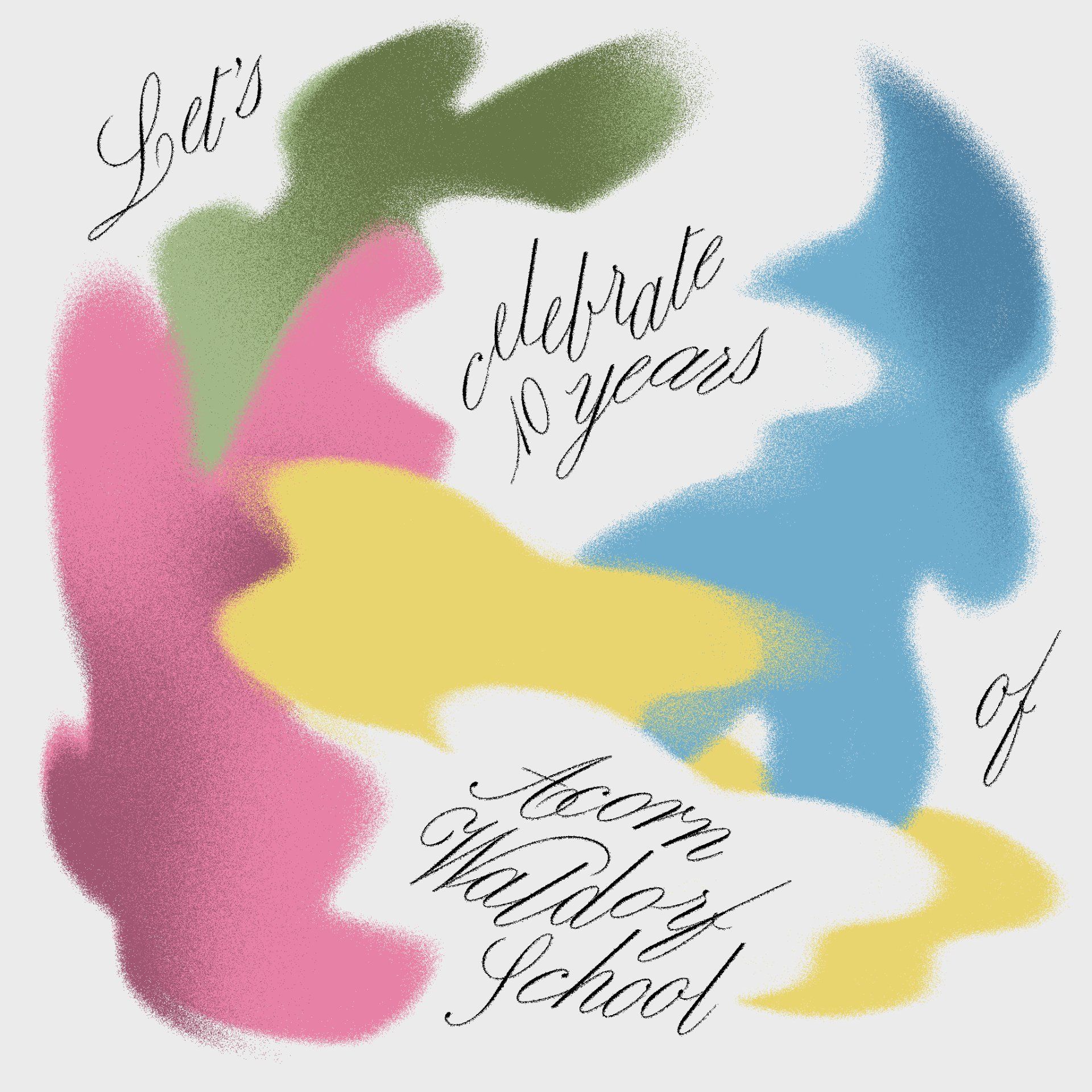
Let's Celebrate Together! Acorn Waldorf School is celebrating its 10 Year Anniversary! We began this wondrous journey with 8 intrepid families who took a chance on a tiny new program and, with their support and the support of so many families in the decade since, have grown into a vibrant center for Waldorf Early Childhood Education in the Hudson Valley. I can’t think of a better way to mark this auspicious moment in our school’s biography than making a meaningful contribution to the Sunbridge Institute Diversity Fund . During the entire month of June, for each donation to the Sunbridge Institute Diversity Fund, Acorn will give another $25. In the line where it asks, " My connection to Sunbridge is? " Please write " AWS 10 Year Anniversary ". Our hope is to inspire at least 50 individual donations but we will happily go above and beyond! If you or your family has benefitted from, enjoyed or simply appreciate what’s happening at Acorn, please consider joining me in support of this all important endeavor. This wonderful fund supports BIPOC individuals in the Sunbridge Institute Waldorf teacher education programs, creating a more diverse pool of Waldorf teacher education graduates who will be fully prepared to take on educational and leadership roles in Waldorf classrooms and schools. We are grateful and awed by Acorn’s continually star-strewn journey. May the next ten years continue to be blessed. Together we can make a difference! 🧡

The Neighboring Tree Project (NTP) is an AWS initiative that aims to create community partnerships with our "neighboring trees," i.e. local early childhood educators, schools and centers who are doing the important work of caring for children from underserved, migrant farming or inner-city backgrounds. In building these relationships, we are working collaboratively to bolster the programming offered, taking individual needs and current staff into consideration. The goal is to empower our neighbors with tools and pedagogical enrichment. We also hope to learn: we want to get to know our neighbors, the children and families in our region, and learn from whatever is brought to the group together. The forest offers nutrients to all its trees, and one tree shares with another for mutual health of the whole. Read on to learn about our first two endeavors, Agri-Business Child Development in New Paltz, NY and Meagher Pre-K in Kingston, NY.
